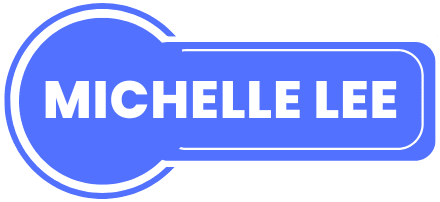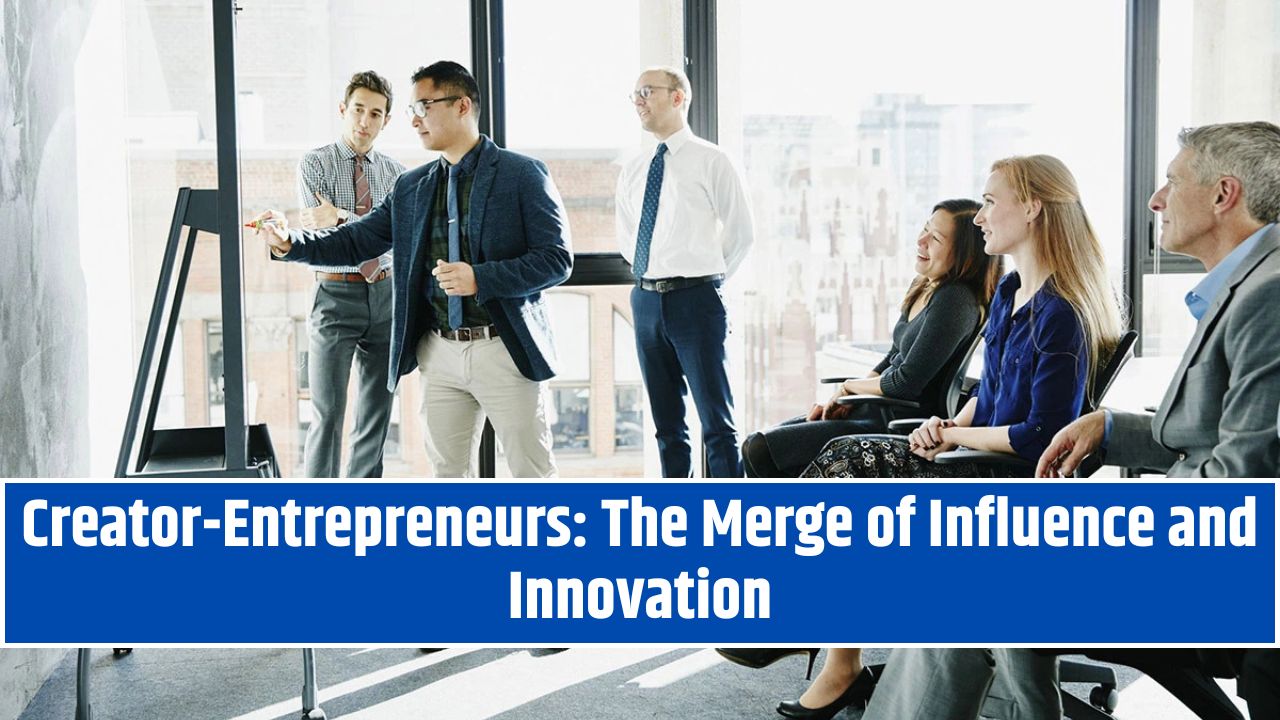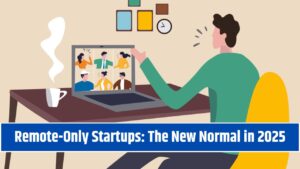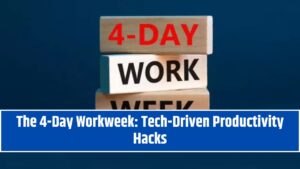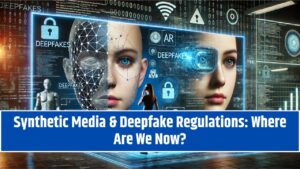Remember when “content creator” meant YouTube hauls, Instagram selfies, and maybe a TikTok dance or two?
Fast-forward to now, and creators aren’t just influencing trends—they’re founding companies, launching tech, and building empires that rival Silicon Valley startups.
Welcome to the age of the Creator-Entrepreneur.
This is more than a buzzword. It’s a seismic shift. A blurring of lines between creativity and commerce, audience and customer, personal brand and business brand.
And if you’re still thinking “influencer” means selfies and sponsored posts, bro… you’re about three algorithm updates behind.
Let’s break it all down, in plain speak, with a little swagger and a lot of real-world context.
First, What Is a Creator-Entrepreneur?
A creator-entrepreneur is someone who starts with content—videos, blogs, podcasts, tweets—and builds that into a business engine.
They’ve got:
- An audience before a product
- Trust before advertising
- Distribution before they launch anything
They’re not just promoting other people’s products—they’re launching their own.
From merch to courses, skincare to SaaS, communities to coffee brands—this new breed of entrepreneur is using influence as infrastructure.
Real-World Examples You Already Know
This isn’t theory. It’s already happening—massively.
- MrBeast → YouTuber turned snack mogul with Feastables and co-owner of MrBeast Burger
- Emma Chamberlain → Lifestyle YouTuber who built a wildly successful brand with Chamberlain Coffee
- Ali Abdaal → Productivity content creator turned multi-million dollar education business
- Marques Brownlee (MKBHD) → Tech reviewer who now shapes product perception more than most traditional journalists
- Tinx → TikTok star turned podcast host, brand collab queen, and founder of her own lifestyle IP
They didn’t wait for a VC. They built an audience and became their own market.
The Secret Sauce: Why This Model Works
Here’s why creator-entrepreneurs are winning in 2025 and beyond:
1. They Have Built-In Distribution
Before launch, they’ve got:
- A loyal audience
- A direct line (email list, socials, Discord)
- Trust that most brands would kill for
A product launch isn’t shouting into the void. It’s whispering to a crowd that’s already leaning in.
2. Feedback Loops Are Instant
Creators get real-time feedback from followers.
If something sucks, they know—immediately.
If people want more? They make it.
It’s agile. Responsive. Human.
No market research firm required.
3. They Own the Brand (Because They Are the Brand)
A faceless startup fights to earn attention.
A creator-entrepreneur already has it.
And when your story is the brand? You don’t need 17 slides explaining your “why.” People get it. They see you live it.
4. They Monetize in Layers
It’s not just one product—it’s an ecosystem.
Think:
- Merch
- Digital products
- Coaching or masterminds
- Physical goods
- Subscriptions
- Brand deals
- IP licensing
- Events
- SaaS tools tailored to their niche
One audience. Many monetization lanes.
Story Time: My Friend the Accidental CEO
True story. A friend of mine started reviewing notebooks on TikTok.
Yup. Notebooks.
She gained a small but obsessed following of productivity nerds. A year later? She launched her own line of planners—sold out in 48 hours.
Now she’s manufacturing internationally, building an email list, and getting approached by investors.
She didn’t start with capital. She started with content.
She’s not just a creator. She’s a creator-entrepreneur—even if she wouldn’t call herself that (yet).
But It’s Not All Filters and Founders…
Let’s get real for a sec. This model isn’t all wins and six-figure launches. Creator-entrepreneurship is hard.
Challenges include:
- Burnout from always being “on”
- Managing a business AND content creation
- Figuring out hiring, logistics, fulfillment
- Going from artist → operator
- Losing authenticity if business overtakes community
Success depends on how well you scale without selling your soul. (Not easy.)
So… Can Anyone Do This?
Short answer: Yes. But not instantly.
You don’t need a million followers. You need:
- A niche people care about
- Consistency in showing up
- A community, not just an audience
- A monetizable skill, insight, or idea
- The courage to launch small and learn fast
Plenty of creators start with 1,000 “true fans” and build from there. That’s the magic.
Creator vs. Influencer vs. Entrepreneur… What’s the Difference?
| Role | Primary Currency | Goal |
|---|---|---|
| Influencer | Attention | Brand deals, clout |
| Creator | Content | Build community, express self |
| Entrepreneur | Product/Service | Solve problems, generate profit |
| Creator-Entrepreneur | All three | Monetize creativity, scale sustainably |
They’re not mutually exclusive—but creator-entrepreneurs combine them strategically.
Future Trends: Where It’s All Headed
Let’s peek into the next chapter. Here’s what’s coming:
1. Creator-Owned Platforms
Think email lists, private apps, paywalled communities. No more algorithm gatekeeping.
2. AI-Enhanced Content Creation
AI tools will make creators faster—but the ones who stay human and unique will stand out.
3. Community-Led Product Dev
Creators will co-build with their fans. Think Discords shaping product launches and fans becoming shareholders.
4. Equity Over Exposure
Creators will demand equity, not just exposure. Expect co-founder roles, advisory seats, and long-term brand partnerships.
5. Micro-Creators, Major Impact
It’s not about size anymore—it’s about niche obsession. A micro-creator with 5,000 fans in a tight niche can out-earn someone with 500K passive followers.
TL;DR – Why This Merge Matters
| Traditional Path | Creator-Entrepreneur Path |
|---|---|
| Build product → find market | Build audience → solve their problem |
| Raise capital | Monetize organically |
| Buy attention | Already have it |
| Brand is separate | Brand is personal |
| Slow, formal | Fast, flexible, emotional |
In a world where trust is rare and attention is currency, creator-entrepreneurs hold the keys.
Final Word: Influence Is the New Infrastructure
If you’ve ever made something online…
If you’ve ever answered DMs with “I’d buy this if you sold it…”
If you’ve ever felt torn between being a creative and being “business-minded”…
Let this be your permission slip.
You don’t have to pick one.
You are allowed to be both.
Art and commerce can hold hands.
Creator-entrepreneurship is not just a trend. It’s a blueprint for freedom—creative, financial, and personal.
And the best part? The barrier to entry isn’t VC funding or a fancy resume.
